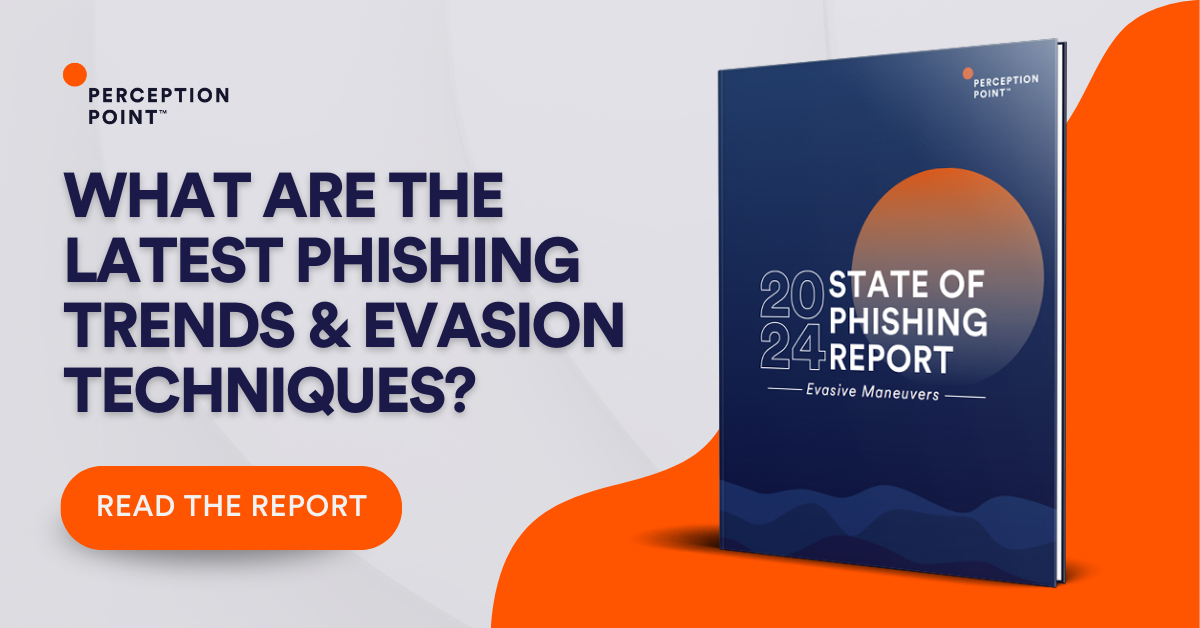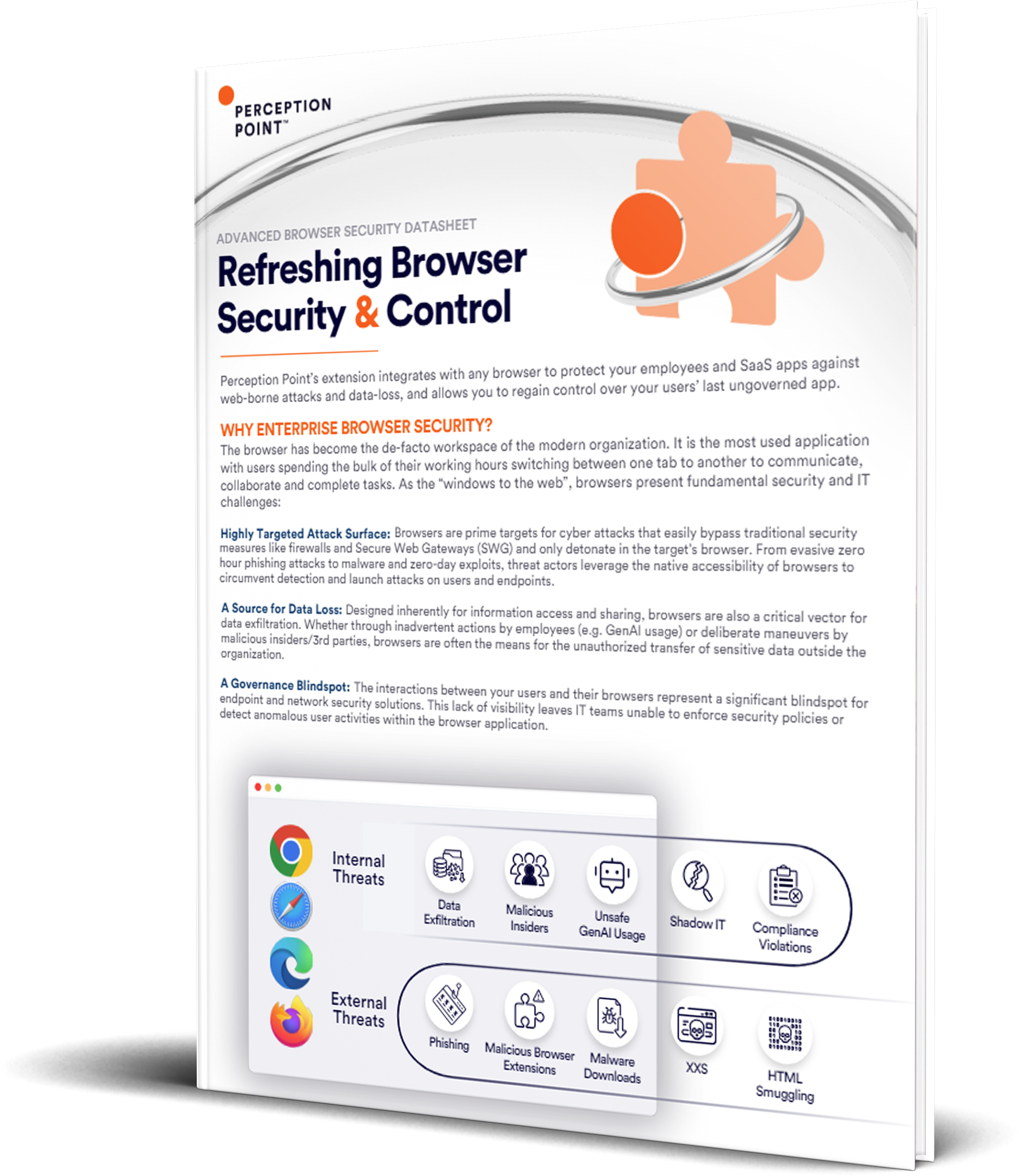We all have heard about phishing, but did you know that there are different types of phishing? One prevalent form is spear phishing.
Spear phishing is the fraudulent practice of tricking users into providing confidential personal or financial information. Attackers do this to accomplish their ultimate goal of gaining access to internal systems or extracting funds from the enterprise. They can also sell these details to buyers who’d like to infiltrate your system.
Spear phishing is highly targeted, making it the most dangerous type of phishing attack. According to Verizon’s 2020 Data Breach Investigation Report, spear phishing is involved in 22% of data breaches, more than any other threat action type.
Unlike phishing attacks that send emails to multiple recipients, such as what Netflix experienced, spear phishing emails are designed to target specific individuals. Typically, spear phishing emails prey on lower-ranked individuals within an organization, whereas a whale phishing email is sent to managers and executives.
This article is part of a series about phishing.

How Spear Phishing Happens
Typically, there are 5 steps behind a successful spear phishing operation: target acquisition, weaponization, grooming & delivery, information capture, and execution. Here are some things that happen in each stage:
Stage 1: Target Acquisition
During this stage, the attacker gathers intelligence on the target, such as personnel and technological information.
Stage 2: Weaponization
The attacker selects the most vulnerable channel and best method of entry into the organization.
Stage 3: Grooming and Delivery
This is where the attacker creates the “story” for the attack. This involves designing the message, writing the cover text, establishing the link, and so on.
Stage 4: Information Capture
Here, the attacker logs the information gathered during the attack. He then attempts to log in using the target’s credentials.
Stage 5: Execution
With access to the user’s accounts, the attackers can now steal money, information, or even sell the log-in credentials to third parties.
Related content: Read more in our guide to phishing detection.

Tal ZamirCTO, Perception Point
Tal Zamir is a 20-year software industry leader with a track record of solving urgent business challenges by reimagining how technology works.
TIPS FROM THE EXPERTS
- Implement DMARC with strict policies Deploy Domain-based Message Authentication, Reporting & Conformance (DMARC) with strict “reject” policies to prevent attackers from spoofing your domain and targeting your employees or partners with spear-phishing emails.
- Use anomaly detection algorithms Utilize machine learning-based anomaly detection algorithms that analyze email metadata, content, and behavioral patterns to identify spear phishing attempts that bypass traditional signature-based defenses.
- Employ sandboxing for email attachments Automatically route all email attachments through a sandbox environment to safely detonate and analyze potentially malicious content. This helps catch zero-day exploits hidden in attachments that may not be detected by standard antivirus solutions.
- Conduct regular social engineering drills Beyond simple phishing tests, design comprehensive social engineering drills that simulate multi-stage spear-phishing attacks. These exercises can reveal gaps in user behavior and response protocols.
- Integrate multi-factor authentication (MFA) with conditional access Use MFA with conditional access policies that require additional verification when unusual login behavior is detected, such as logins from new devices or locations. This adds an extra layer of security even if credentials are compromised through spear phishing.
How to Protect Your Business Against Spear Phishing Attacks
You can still fight against these cyber threats. There are many ways to protect yourself and your business against spear phishing:
1. Check and Verify
Beyond spelling or grammatical errors, any suspicious requests asking for your personal information is a red flag of a phishing attempt. Even if this kind of request is made from your “CEO,” it is best to directly ask the individual to ensure they were the sender.
2. Analyze the Links
Hover over the hyperlinks in the email to view a preview of the links to ensure they are coming from legitimate and safe sources.
3. Protect Your Password
Keep your password information private and change it often to decrease the chances of your account being compromised via a password spray.
4. Let the Whole Team On It
Teach your employees how to detect these attacks. The better educated your team is about this type of phishing attack, the better prepared they will be to fight it.
5. Invest in Quality Email Security Solution
While much of spear phishing can be detected by trained eyes, employees cannot or simply do not have the time to check all emails carefully. This can lead to dire consequences that impact the business. Investing in a security solution with comprehensive threat detection is essential to running a business in 2022 and beyond.
Perception Point combines multiple layers of anti-phishing prevention, including proprietary engines developed specifically to outsmart any advanced phishing attempts. When past attackers tried to leverage OAuth request links, a Microsoft verified app, to gain control of our clients’ mailbox, our end-to-end cyber threat detection capabilities successfully intercepted the attack and protected their data.
Access our resources to learn more about spear phishing and other topics related to email security. In this whitepaper, we provide a guide on business email compromise (BEC) attacks, a type of spear phishing to look out for. Download it for free when you sign up!
Here’s some related content you may enjoy:

Spear phishing is the fraudulent practice of tricking users into providing confidential personal or financial information. Attackers do this to accomplish their ultimate goal of gaining access to internal systems or extracting funds from the enterprise. They can also sell these details to buyers who’d like to infiltrate your system.
Here are the stages of a spear phishing attack:
Stage 1: Target Acquisition
Stage 2: Weaponization
Stage 3: Grooming and Delivery
Stage 4: Information Capture
Stage 5: Execution
There are many ways to protect yourself and your business against spear phishing:
– Check and Verify
– Analyze the Links
– Protect Your Password
– Let the Whole Team On It
– Invest in Quality Email Security Solution























